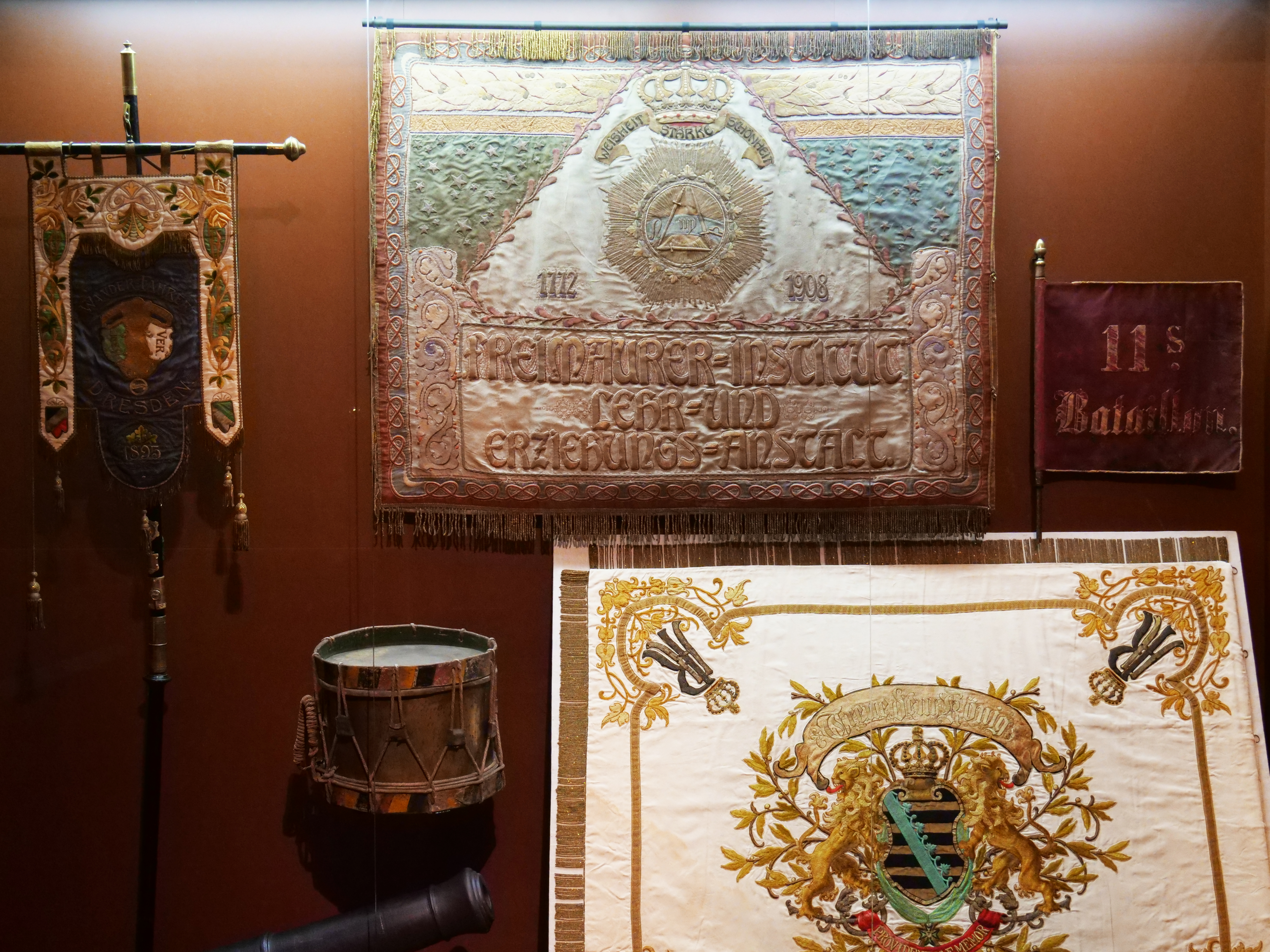
Lessons learnt from the climate crisis and the education crisis
The Dresden Masonic Institute and its school flag from 1908
Short guided tour with Dr Kornél Magvas, Evangelisches Kreuzgymnasium
The flag of the Dresden Masonic Institute - one of the oldest institutions of its kind in the world - represents its own self-image, just a few years after moving to its new home in Dresden-Striesen. But what is depicted on the object? What do the symbols mean? And: What is behind the "secret society" of the Freemasons?
Every first Friday of the month, we focus on an object from our permanent exhibition: in short guided tours lasting a maximum of 20 minutes, museum staff, members of co-operation partners or people from the city community present the special features of a selected piece of Dresden's history.
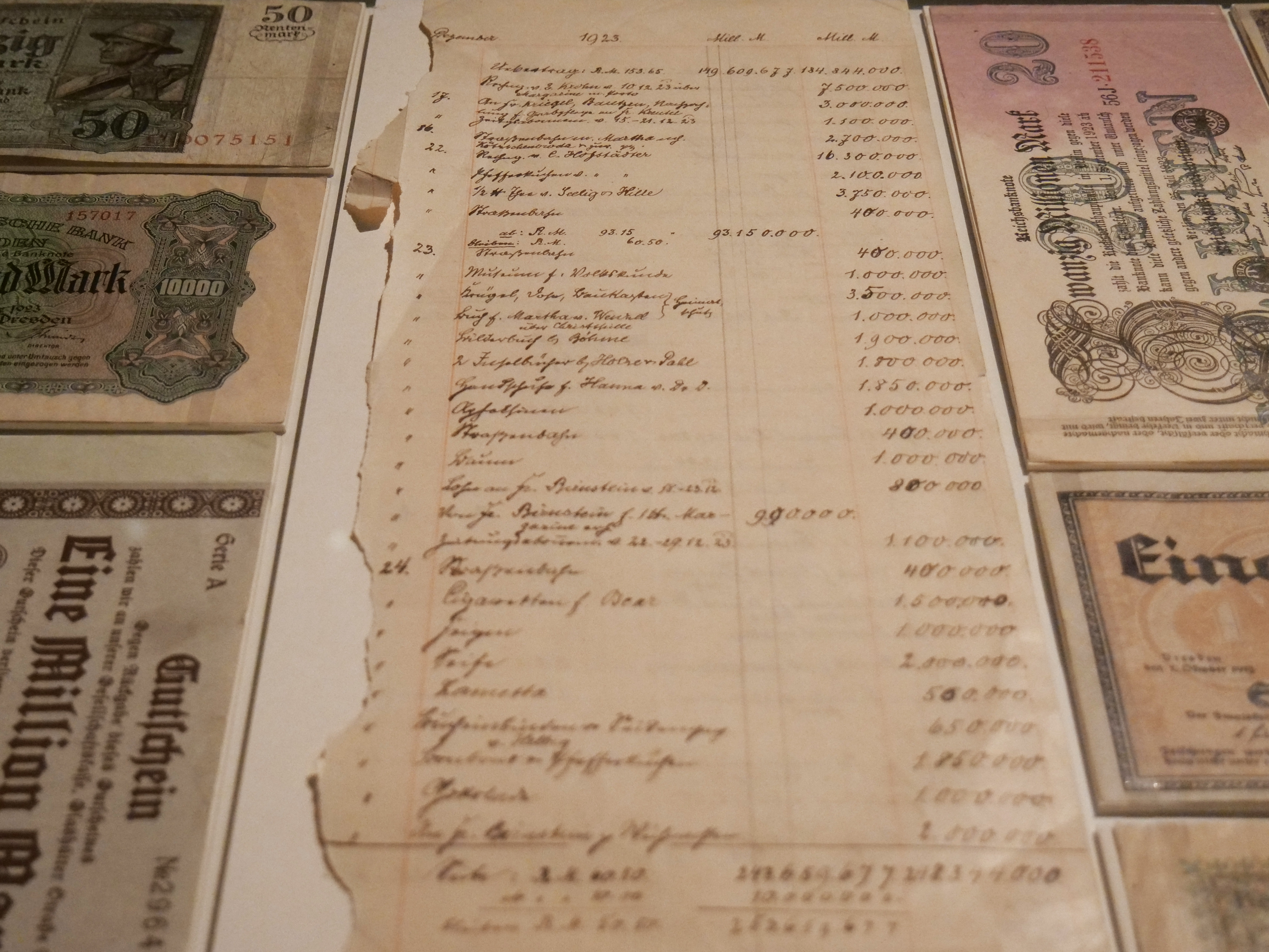
When all Dresdeners were billionaires
An economic book from the time of hyperinflation (1922-1924)
Short guided tour with Dr Frank Metasch, ISGV
The hyperinflation of 1923 is still deeply rooted in public memory. The experience of rapid currency devaluation still fuels fears of similar developments today. The economic book of a Dresden family offers insights into this time of daily struggle for survival when even a tram journey cost several billion marks.
Every first Friday of the month, we focus on an object from our permanent exhibition: in short guided tours lasting a maximum of 20 minutes, museum staff, members of co-operation partners or people from the city community present the special features of a selected piece of Dresden's history.

Wooden tube rides
Water supply in old Dresden
Short guided tour with Frank Männig, Stadtentwässerung Dresden GmbH
The supply of sufficient fresh water was not only vital, but also a sign of civilisational progress and prosperity! Many Bohemian pine trees were floated to Dresden, drilled out and laid in the streets. The starting points of the "tube journeys" were the water catchments on the Weißeritz and other streams or springs.
In co-operation with the Dresdner Geschichtsverein e. V.
Every first Friday of the month, we focus on an object from our permanent exhibition: in short guided tours of max. 20 minutes in length, museum staff, members of co-operation partners or people from the city community present the special features of a selected piece of Dresden's history.
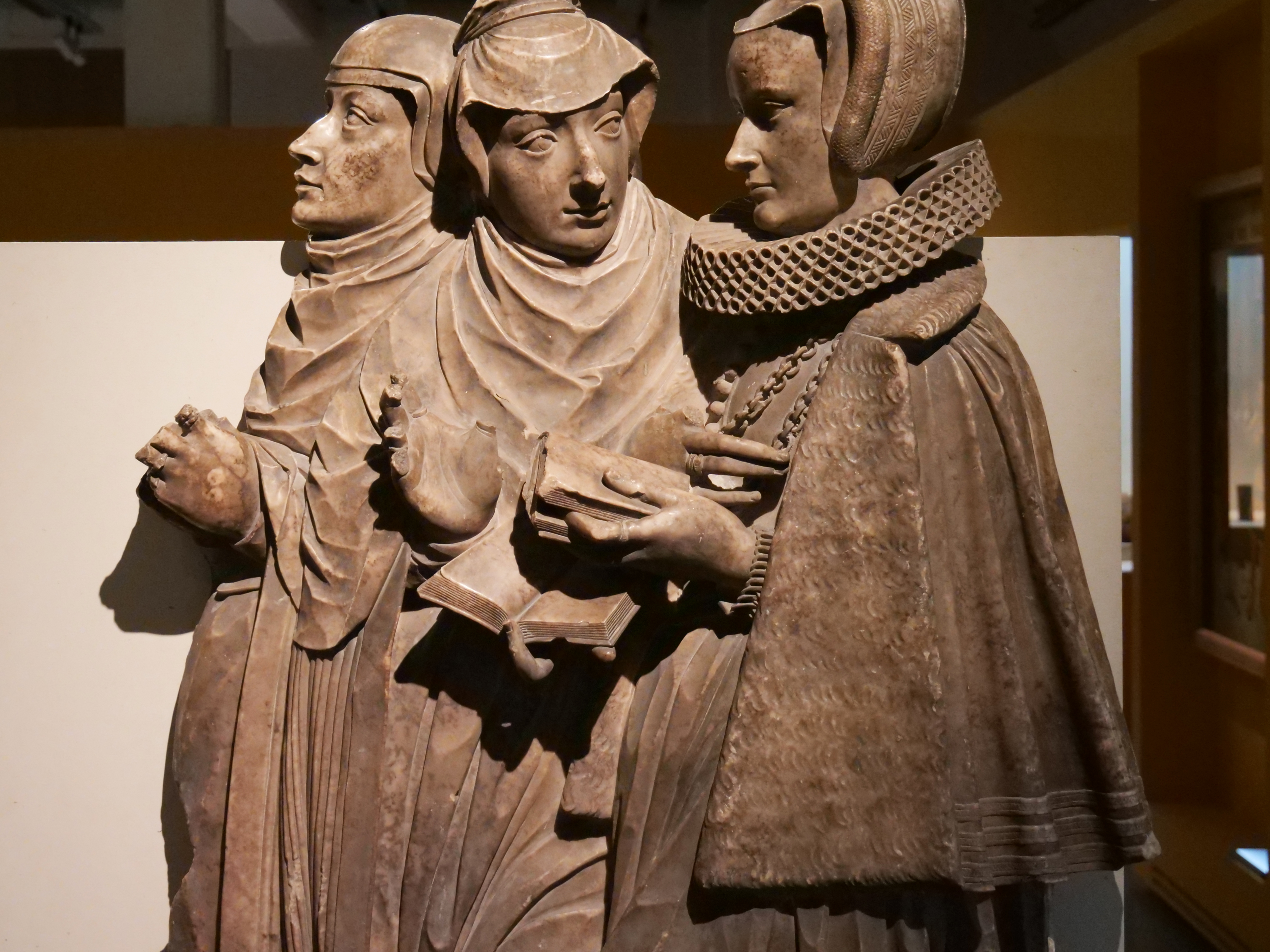
(Un)known women on the tomb of Giovanni Maria Nosseni (1616)
Short guided tour with Friederike Berger, Frauen*stadtarchiv Dresden
Four years before his death, the sculptor and master builder Giovanni Maria Nosseni had his funerary monument made. His wife and his two previously deceased wives were immortalised on the right-hand side. Elisabeth née Unruh, Christiane née Hanitzsch and Anna Maria née von Rehen. Not much is known about the women. What can we find out from the relief?
Every first Friday of the month, we focus on an object from our permanent exhibition: in short guided tours lasting a maximum of 20 minutes, museum staff, members of co-operation partners or people from the city community present the special features of a selected piece of Dresden's history.
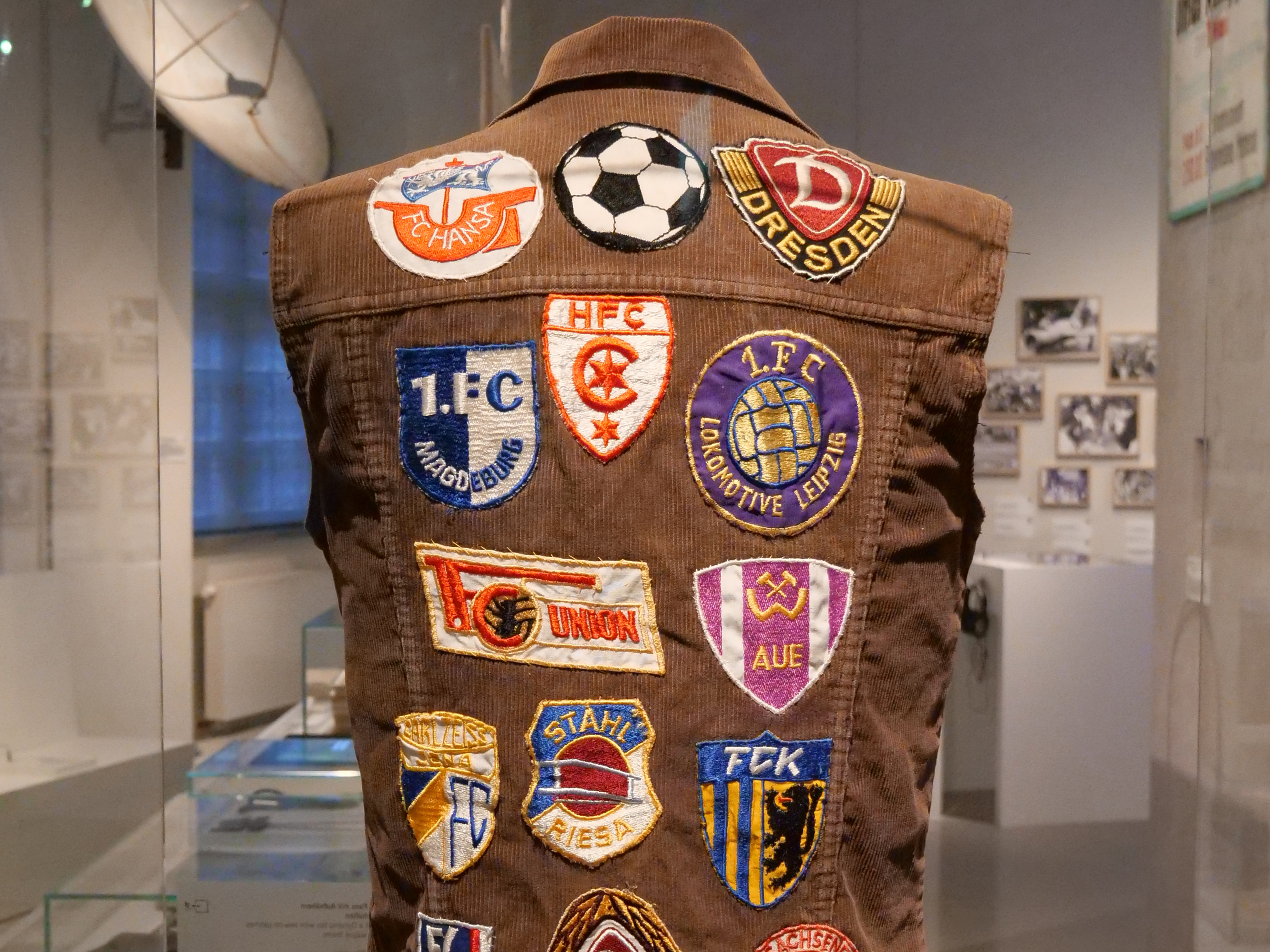
Symbol and cult to this day
Dynamo Dresden football cap (1980s)
Short guided tour with Mirco Lorenz, Dynamo Dresden
Fan waistcoats have been worn in German football for around 50 years. The lovingly designed individual pieces are still regarded as a formative, creative and proud expression of fan culture. Immerse yourself in the exciting stories and symbolism surrounding this very special fan accessory.
Every first Friday of the month, we focus on an object from our permanent exhibition: in short guided tours lasting a maximum of 20 minutes, museum employees, members of co-operation partners or people from the city community present the special features of a selected piece of Dresden's history.
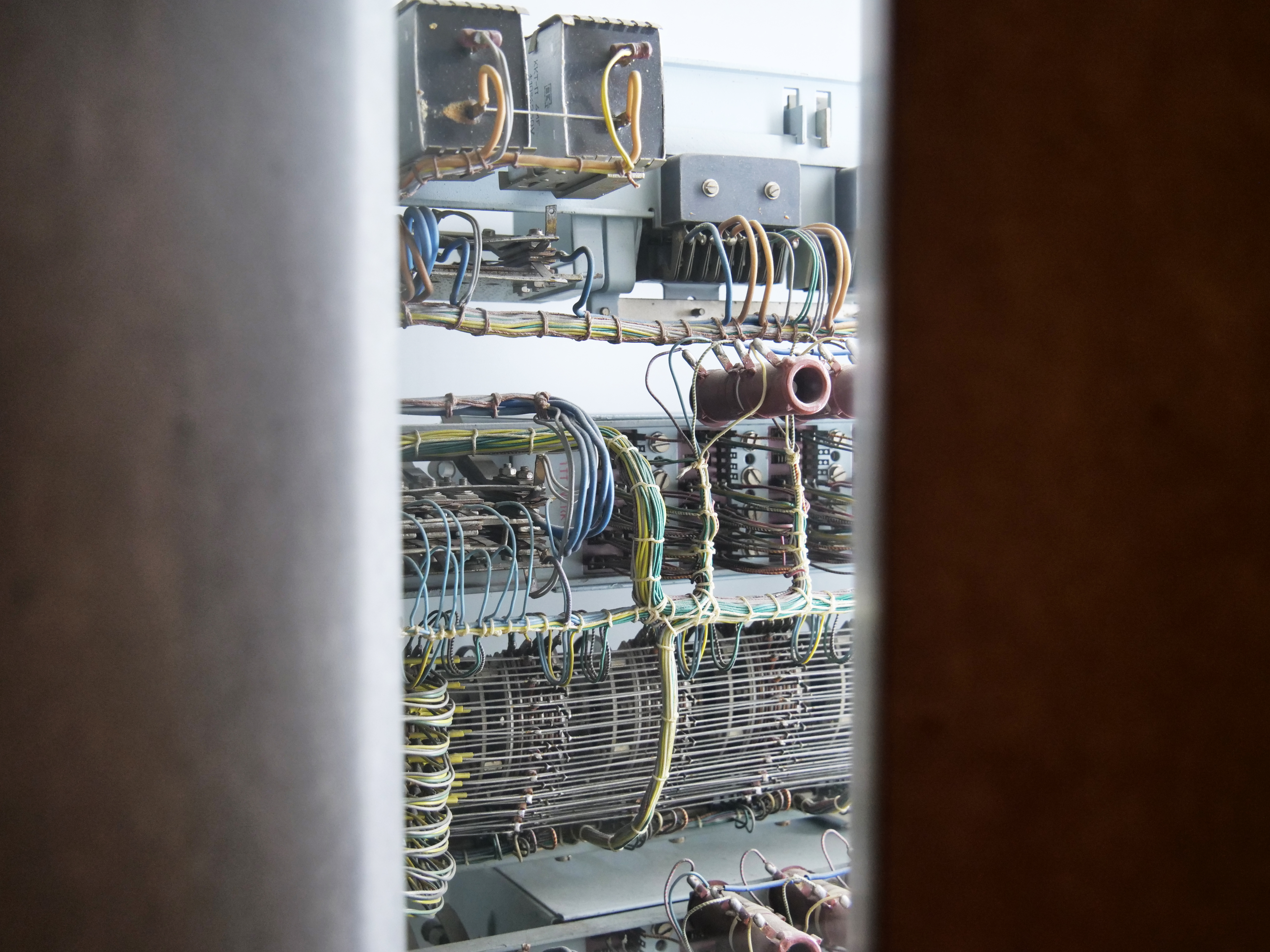
Networked!
The Stasi telephone system in Dresden
Short guided tour with Cornelia Herold, Stasi Records Archive
The telephone system located in the multi-purpose building of the Stasi district administration (BV) in Dresden since 1968 was gradually networked with several extensions. But where were the extensions? As part of the communications technology of the Dresden District Office, the telephone system is an example of the working structure of the Stasi.
Every first Friday of the month, we focus on an object from our permanent exhibition: in short guided tours of max. 20 minutes in length, museum staff, members of co-operation partners or people from the city community present the special features of a selected piece of Dresden's history.























